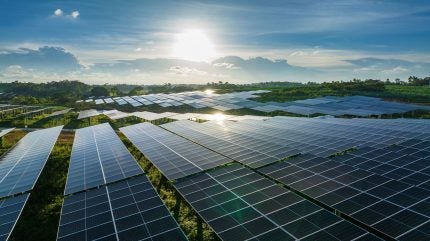
Solar power has surpassed coal power in the European Union (EU)’s electricity mix for the first time in 2024, according to data from energy think tank Ember.
The shift highlights the EU’s ongoing efforts to increase renewable energy generation, reduce emissions and enhance energy security by decreasing reliance on fossil fuel imports, reported Reuters.
Solar generation accounted for 11% of the EU’s electricity mix in 2024, compared to 9.3% in 2023, and power generated from coal fell below 10% for the first time since Ember began collecting data in 2011.
The share of gas-fired power production dropped to 15.7%, down from 16.9% in 2023, while wind power remained almost unchanged at 17.4%.
Ember senior analyst Chris Rosslowe was quoted by Reuters: “For the past two years, we have seen sharp declines in both coal and gas in the EU power system and fossil fuels are now at an historic low.”
Wind power generation was, however, lower than expected despite the addition of 13GW of new wind capacity in 2024, due to less favourable wind conditions compared to 2023.
“The new capacity added this year was slightly offset by the worse wind conditions,” Rosslowe added.
The EU intends wind power to account for 34% of its electricity mix by 2030. This will require the simplification of permitting processes for new projects.
Nuclear power remained the leading source of electricity in the EU, growing to 23.7% in 2024 compared to 23% the previous year.
In June 2024, the EU announced a €3bn ($3.2bn) funding boost for renewable energy projects, marking the largest disbursement through its Modernisation Fund to date.
The financial backing is designed to improve energy systems and lower greenhouse gas emissions in sectors such as energy, industry and transport.



